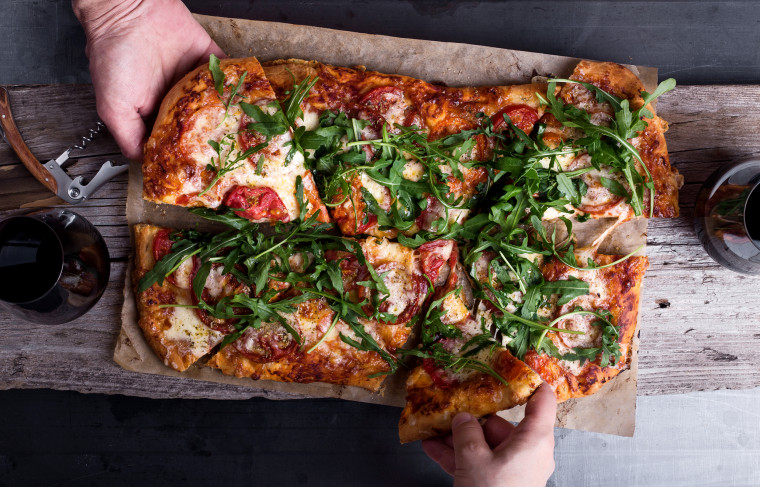A balanced diet includes the foods you love, and pizza is arguably at the top of the list. Though certain times call for the full pizza treatment — maybe a New York or Chicago-style pie — more often, getting your fix in a healthier way offers the flavor you adore without the extra sodium, fast-acting refined carbs, and processed meat that can contribute to bloating and sluggishness, as well as unhealthy inflammatory and insulin responses that can make it tough to manage your weight.
Whether you're stopping at the local pizza joint, picking up a frozen pie on a weeknight, or making your own crust from scratch, here are tips for making the meal a healthier choice.
Pizza Pointers
If you’re eating pizza on the regular, here are some ways to make it better:
- Stick with thin crust. It’s probably not surprising that a thin crust beats a thick one. One slice of a 16-inch pizza contains about 48 grams of carbs, which is the equivalent of more than three slices of bread. A thin crust will shave down the carbs to the equivalent of a sandwich (two slices of bread).
- Go for a medium over large crust when given the choice. This is another simple hack to save excess carbs — the difference, again, is about a slice of bread.
- Embrace veggie toppings and sides. It’s pretty obvious that veggie toppings are healthier than meaty ones, but the toppings alone are unlikely to provide all the vitamins, minerals and health-supporting plant compounds your body needs. In addition to topping your pizza with veggies, add some to the side, whether as a salad or perhaps, roasted or sautéed.
- Ignore stuffed crusts and dipping sauces. They don’t provide beneficial nutrition and only serve to drive up the added sugar and sodium.
- Skip or share the personal pies. At one popular chain, an individual deep dish cheese and tomato pie supplies 112 grams of carbs — about eight slices of bread if you’re counting. Labels, like ‘individual,’ or ‘personal,’ are ways restaurants market their pies. Though these marketing terms likely prompt you to think of these pizzas as single servings, most of us would be better off sharing.
- Consider a veggie-based crust. Sure, a cauliflower crust isn’t the same as a regular one, but let’s face it: It’s equally as good at delivering the cheese and sauce. This swap isn’t about denying yourself your favorite foods or being restrictive, but about finding a fun and satisfying way to balance out your choices and help you meet veggie targets, which most of us fall short on.
- Give pizza hacks a try. There are so many ways you can take your pizza to the next level of healthfulness or create a more balanced meal. Some of my favorites: Cut leftover pizza into croutons to use as a salad topper; top a slice with a fistful of arugula and a drizzle of extra virgin olive oil and high quality balsamic vinaigrette; crack two eggs over a slice of leftover pizza and then bake (about 8 minutes) until the whites have set; use pizza crust as the base for other toppings, like ricotta and fruit, which makes a great dessert or festive brunch.
- Understand serving sizes. Check out the nutrition facts panel on the back of frozen pizzas and you’ll find that serving sizes vary widely — from 1/5th to ½ the pie. Serving sizes are regulated by the FDA to benchmark a typical portion. Some people may need a little more, and others may need a little less, but as you shift portion sizes, you also nudge calories, carbs, sodium, fiber, protein and added sugars. Be aware of what direction you’re heading in.
- Counter sodium intake. Like many restaurant and frozen foods, pizza can get high in sodium — especially if you’re eating more than the standard serving size. Offset this by drinking plenty of water and embracing whole fruits and veggies throughout the day. This helps flush out all that extra salt.
Stocking your freezer
Grocery stores devote entire sections of the freezer aisle to pizza. I’ve scouted out some national brands to help you make your pizza habit a little healthier.
Cauliflower crust
With cauliflower crust, you could go most of the way (made predominantly with cauliflower) or part of the way. No matter which way you go, you’ll get a larger serving, fewer processed carbs, and more veggie nutrition. If you want to dip your toe into cauliflower pizza crust, go with O, That’s Good frozen pizza, brought to you by none other than the O — Oprah! I tricked my 15-year-old son into thinking he was eating a standard pizza when I served him this pie. Though the cauli provides less than a serving of veggies, you’ll still get a notable 4 grams of fiber in this pizza (in part, from other ingredients, like oat flour).
If you want to take the cauliflower up a notch, go with Caulipower pizza. The first ingredient is cauliflower and while it’s still made with some gluten-free grains, a hearty ½ pie serving has fewer calories than 1/5th of the O, That’s Good pizza. Don’t focus on the calorie savings as much as the filling serving size.
For a grain-free alternative, Cauli’flour Foods has you covered. They also make a plant-based version in case you want to skip the eggs and dairy in the crust.
Grain crust
Remember that thin grain crusts are more nutritionally balanced than thick ones, and that whole grains — or even whole grain blends — are more nutritious. I also prefer simple ingredient lists with more natural, whole food ingredients over additives and preservatives that you may find in pizza.
The ingredients stand out in Newman’s Own Thin & Crispy Pizza line. The multigrain crust, while mostly refined flour, also includes flaxseeds and whole oat flour, and the ingredients are really simple — just like you’d find in your own kitchen.
American Flatbread Products is another brand that keeps it simple. Their Farmer’s Tomato Pie is a great dairy-free option that can be eaten as is, cut into appetizer portions, or used as a base for other toppings, such as eggs or white beans. They also make a line of gluten-free pizzas if that’s what you’re looking for. Udi’s makes a more traditional gluten-free pie, which is especially handy if you’re serving kids with this dietary requirement.
Though Digornio uses more additives than some others mentioned here, their Thin & Crispy line would be a good choice for those looking to lighten up an ordinary pizza habit.
Recipe hacks to try at home
If you want to think outside the pizza box, here are a few recipes that will satisfy pizza cravings without a traditional crust.
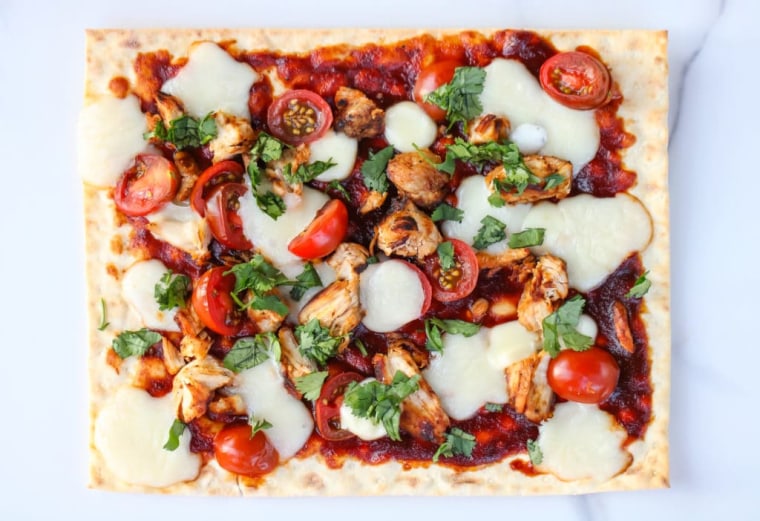
Take a page from Elizabeth Shaw, RD and keep a flatbread base in the freezer for a quick-and-easy pizza night any time the mood strikes you.
Portobello Mushroom Cap Pizzas
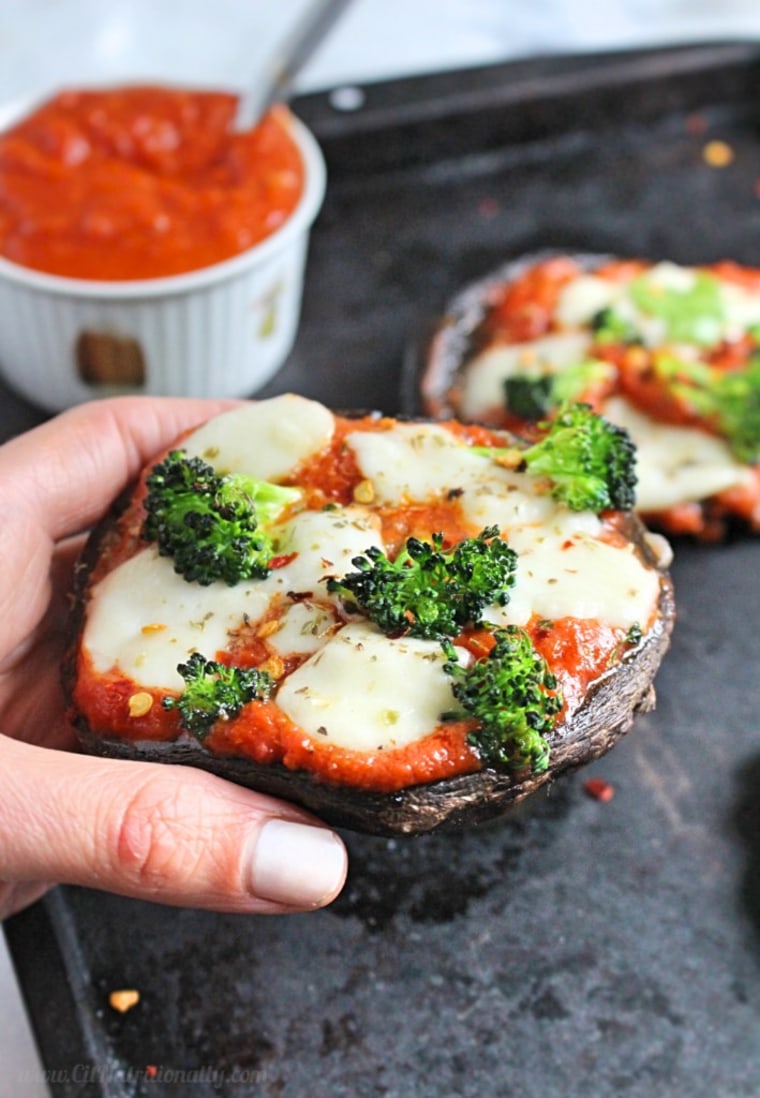
Here’s a swap that trades traditional pizza crust for Portobello mushroom caps — another perfect canvas for pizza toppings.
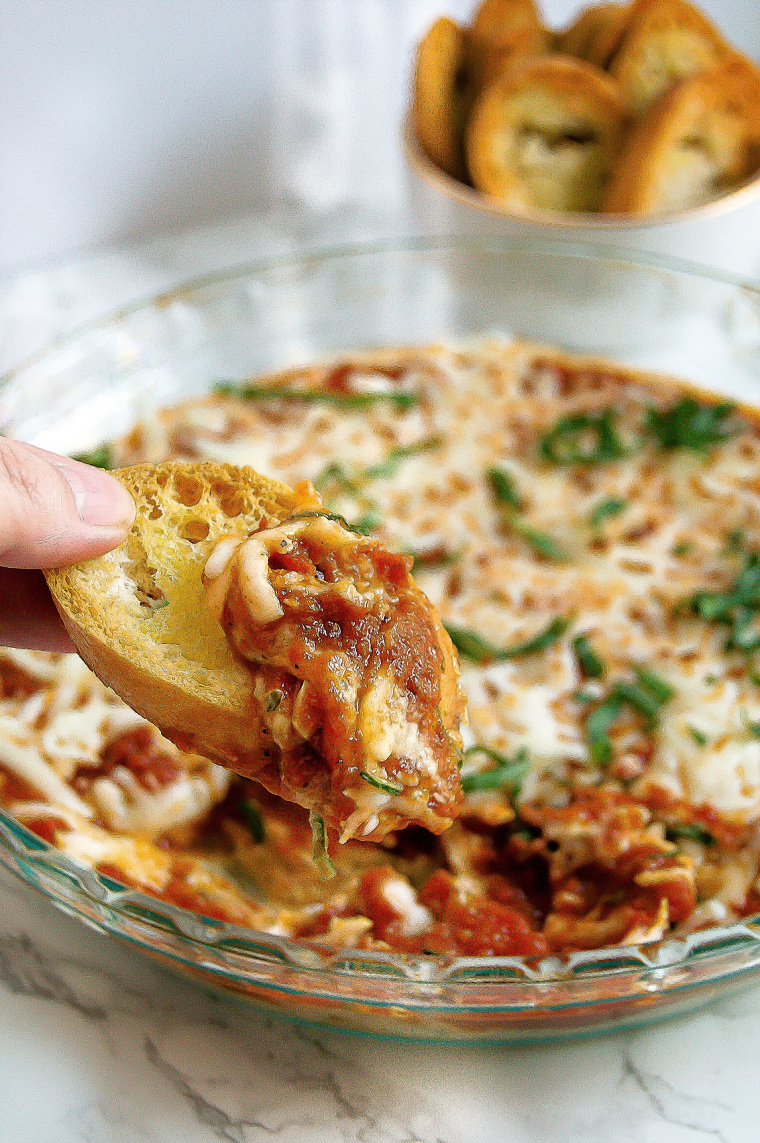
This fun hack skips the crust altogether and creates a nutritious, pizza-flavored dip for any dunker you choose.
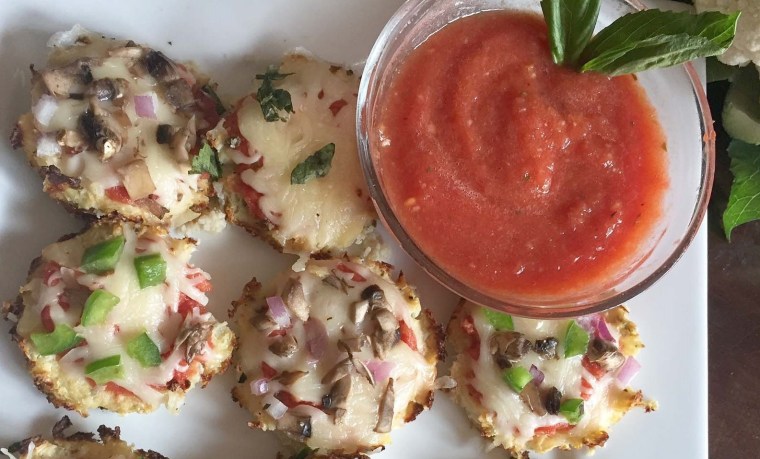
Great for kids and adults alike, these mini pizza muffins — made with a cauliflower crust — make it easy to right-size portions anyone in your household.
MORE BETTER-FOR-YOU RECIPES
- Nutritionist-approved comfort food recipes that are actually good for you
- Melissa Clark's Instant Pot Spicy Asian Chicken Wings
- 13 healthier Mexican recipes to try tonight
- Healthy instant pot recipes you make in minutes
- Beyond chicken noodle: 8 feel-good soups top chefs swear by
Want more tips like these? NBC News BETTER is obsessed with finding easier, healthier and smarter ways to live. Sign up for our newsletter and follow us on Facebook, Twitter and Instagram.
